
Tell your friends about this item:
Iran: U.s. Concerns and Policy Responses
Congressional Research Service
Iran: U.s. Concerns and Policy Responses
Congressional Research Service
Publisher Marketing: Since the Islamic Revolution in Iran in 1979, a priority of U. S. policy has been to reduce the perceived threat posed by Iran to a broad range of U. S. interests. In 2014, a common enemy emerged in the form of the Islamic State organization, reducing gaps in U. S. and Iranian interests, although the two countries have somewhat differing approaches over how to try to defeat the Islamic State. During the 1980s and 1990s, U. S. officials identified Iran's support for militant Middle East groups as a significant threat to U. S. interests and allies. A perceived potential threat from Iran's nuclear program emerged in 2002, and the United States has orchestrated broad international economic pressure on Iran to try to ensure that the program is verifiably confined to purely peaceful purposes. The international pressure might have contributed to the June 2013 election as president of Iran of the relatively moderate Hassan Rouhani, who campaigned as an advocate of ending Iran's international isolation. Subsequent multilateral talks with Iran produced an interim agreement ("Joint Plan of Action," JPA) that halted the expansion of Iran's nuclear program in exchange for modest sanctions relief. The United States and its partners negotiated intensively to reach a comprehensive agreement on the nuclear issue by the November 24, 2014, deadline for the JPA expiration, but agreement was not reached and the parties have extended the JPA until July 6, 2015. The parties stated intent to reach a political outline of the agreement no later than March 24, 2015. The main outstanding issue remains the scope of Iran's program to enrich uranium. A final nuclear agreement could significantly improve U. S.-Iran relations. Senior level U. S.-Iran talks have become routine meetings held in conjunction with P5+1 - Iran nuclear talks. The bilateral meetings discuss not only the nuclear issue but also including regional issues such as how to defeat the Islamic State organization. However, the Persian Gulf states, Israel, and other regional states express concern that an Iran that is reintegrated into the region and the international community would give Iran additional resources to support movements and regimes that oppose U. S. and U. S.-allied interests. Iran would therefore be able to build on gains its foreign policy has made in recent years, for example in supporting the rebel Houthi movement in Yemen and in organizing Shiite forces to defend the embattled government of Bashar Al Assad of Syria. The war against the Islamic State organization has also given Iran additional influence over the government of Iraq as well as common interests with the United States in Iraq. On Syria, Iran supports Assad, whereas the United States asserts his departure is key to a political solution. The January 2015 fall of the government of Yemen under pressure from the Houthis is likely to further aggravate Saudi-Iranian tensions as Saudi Arabia undergoes a leadership transition. Domestically, Rouhani's unexpected election win-a result of a large turnout of reform-minded voters such as those who protested the 2009 election results-demonstrated that support for reducing Iran's isolation and for domestic reform is strong. Rouhani has sought to satisfy this constituency, in part by orchestrating the release of some political prisoners and easing some media restrictions. But, Iran's judiciary remains in the hands of hardliners who continue to restrict social freedoms and prosecute regime critics and dissenters. For further information, see CRS Report RS20871, Iran Sanctions, by Kenneth Katzman; and CRS Report R43333, Iran: Interim Nuclear Agreement and Talks on a Comprehensive Accord, by Kenneth Katzman, Paul K. Kerr, and Mary Beth D. Nikitin.
| Media | Books Paperback Book (Book with soft cover and glued back) |
| Released | January 26, 2015 |
| ISBN13 | 9781507870037 |
| Publishers | Createspace |
| Pages | 76 |
| Dimensions | 216 × 280 × 4 mm · 199 g |
More by Congressional Research Service
More from this series
See all of Congressional Research Service ( e.g. Paperback Book and Book )

 Christmas presents can be returned until 31 January
Christmas presents can be returned until 31 January


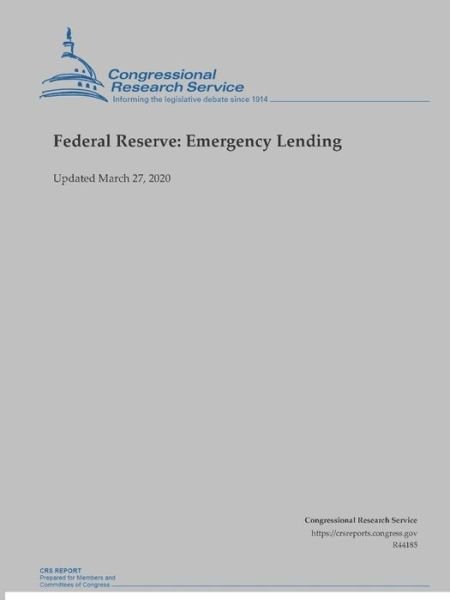
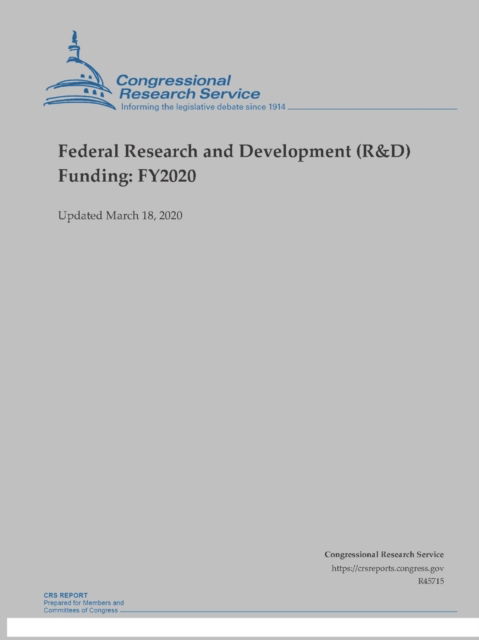
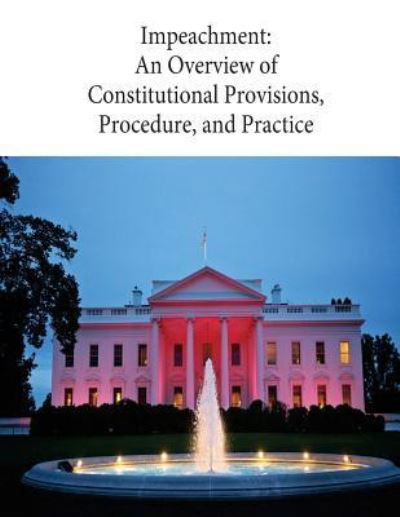

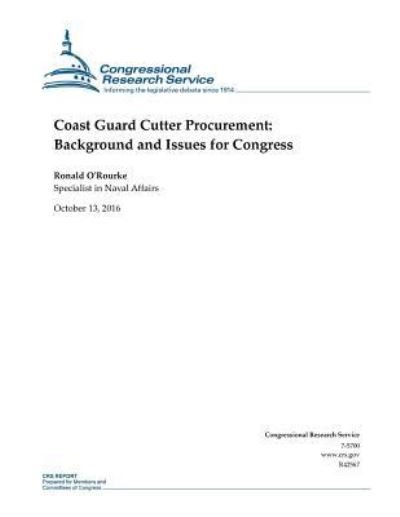

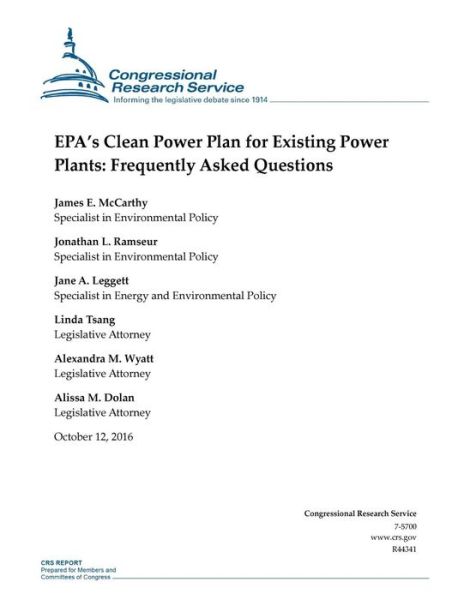
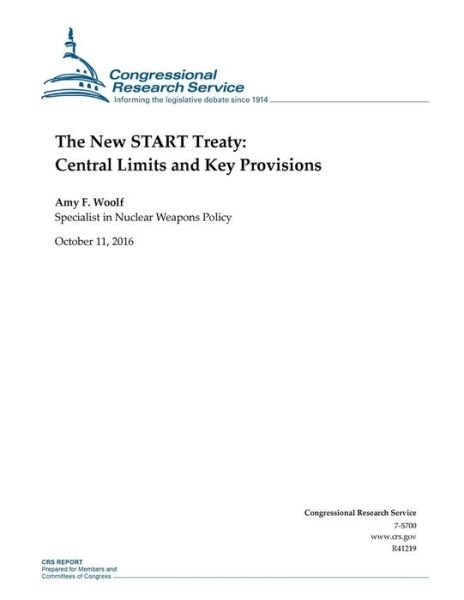
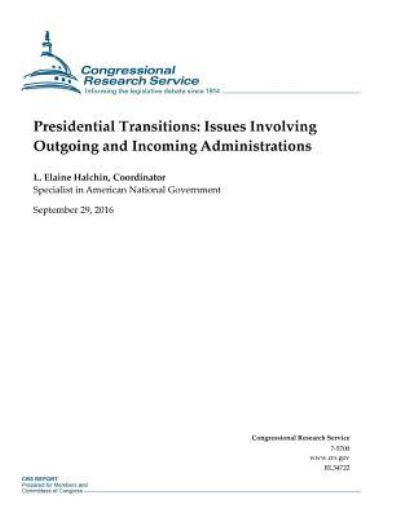
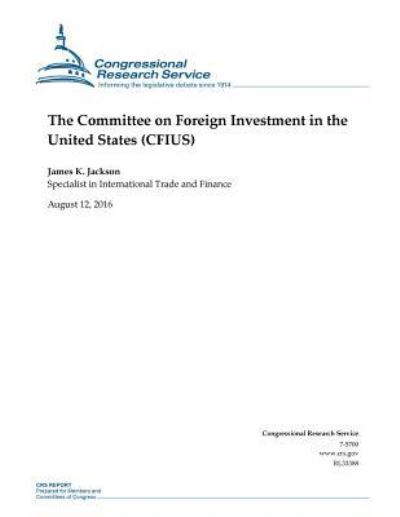


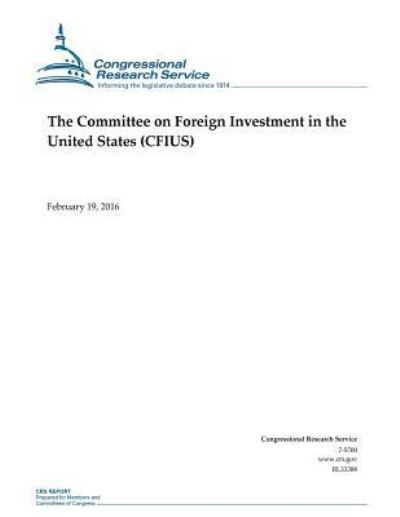


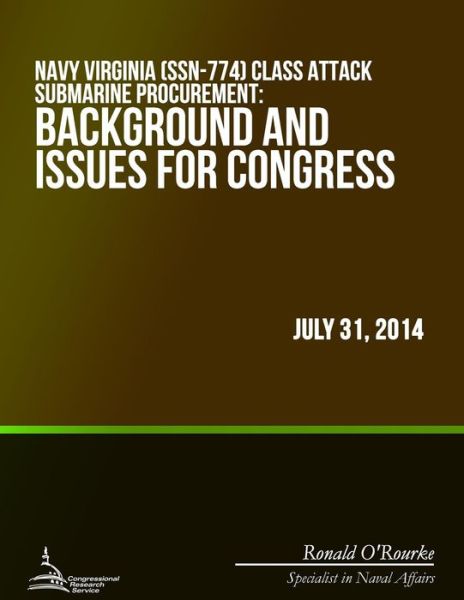

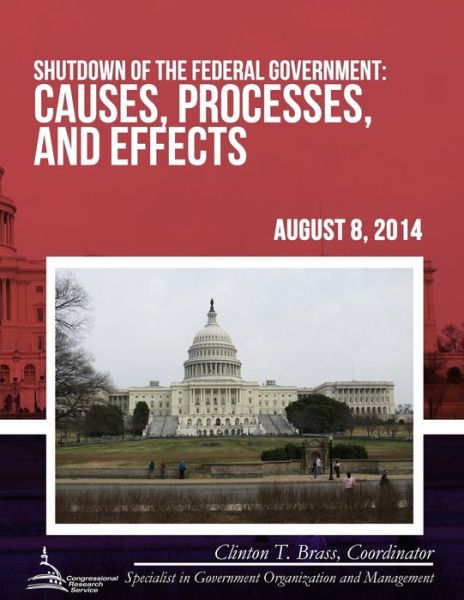
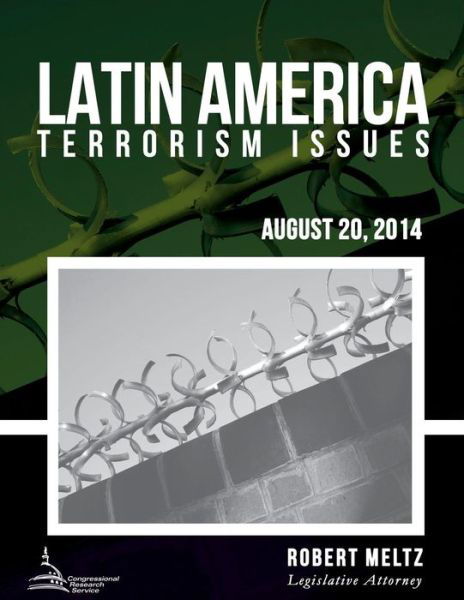
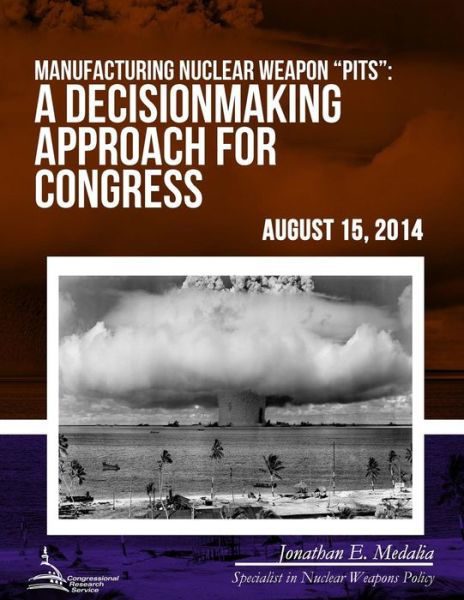
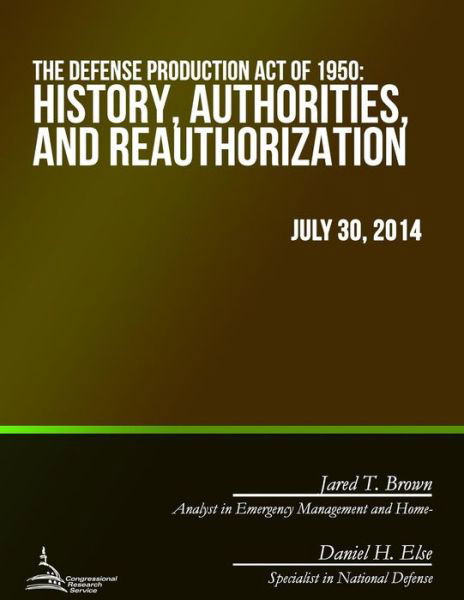

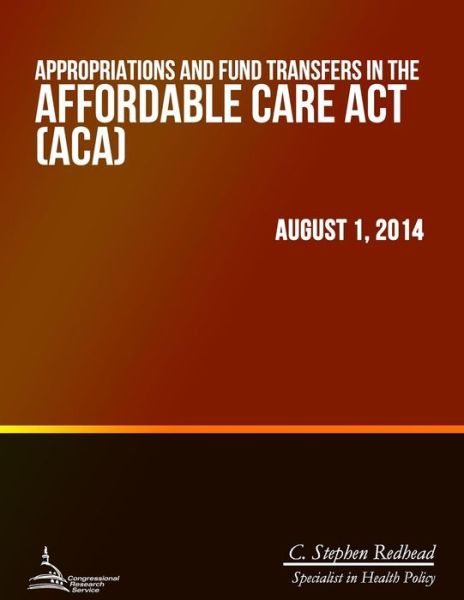
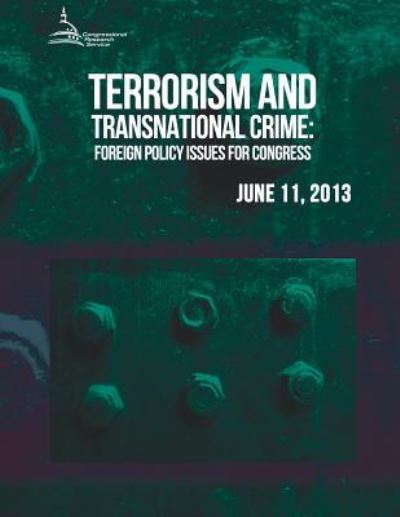

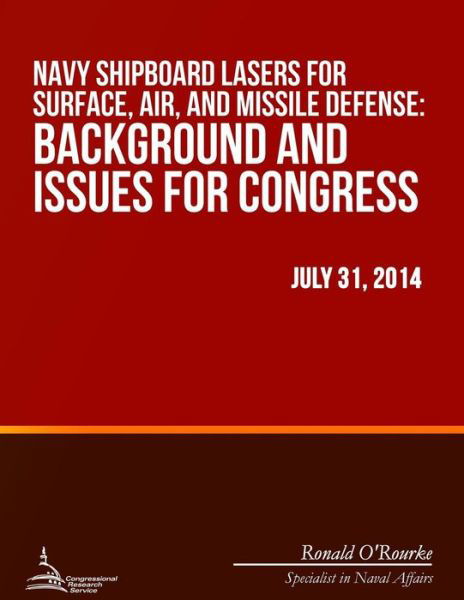
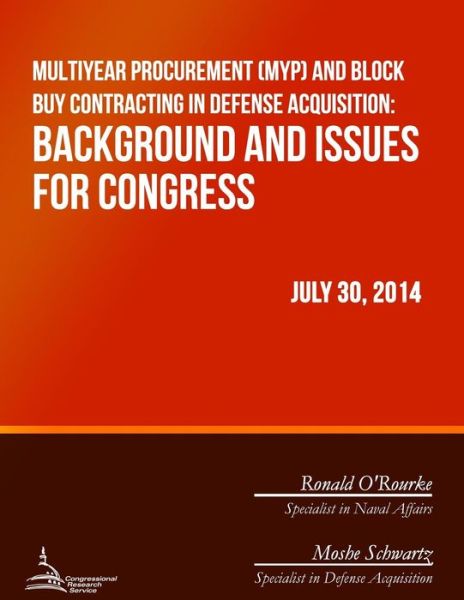


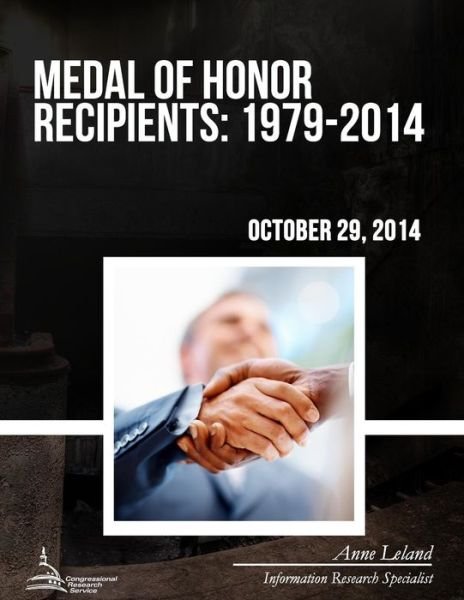
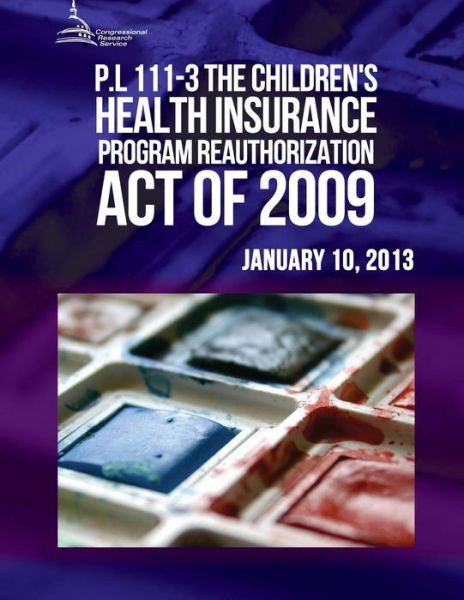
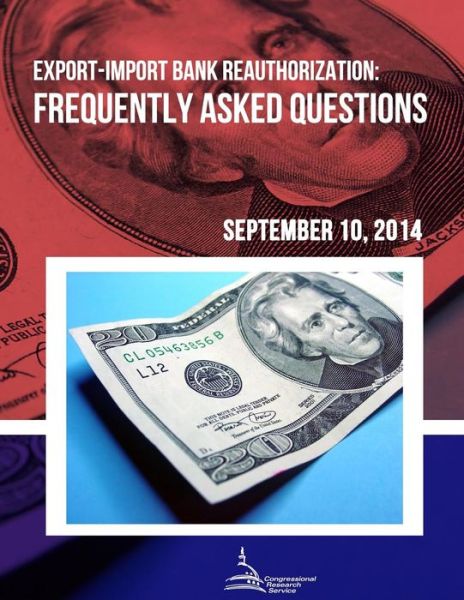
![Cover for Congressional Research Service · Iran: U.s. Concerns and Policy Responses (Crs Reports) (Paperback Book) [Rl32048 edition] (2014)](https://imusic.b-cdn.net/images/item/original/438/9781505204438.jpg?congressional-research-service-2014-iran-u-s-concerns-and-policy-responses-crs-reports-paperback-book&class=scaled&v=1420489071)